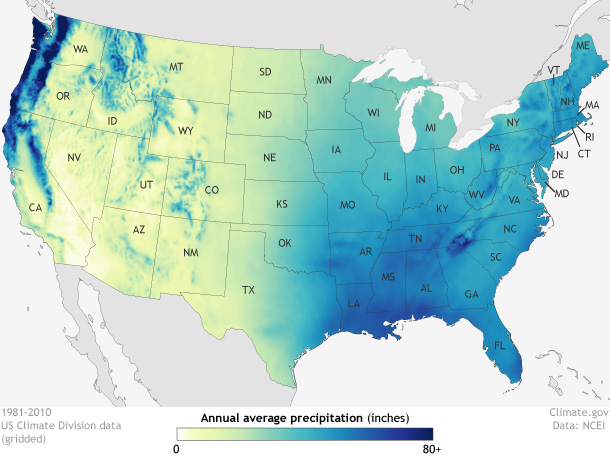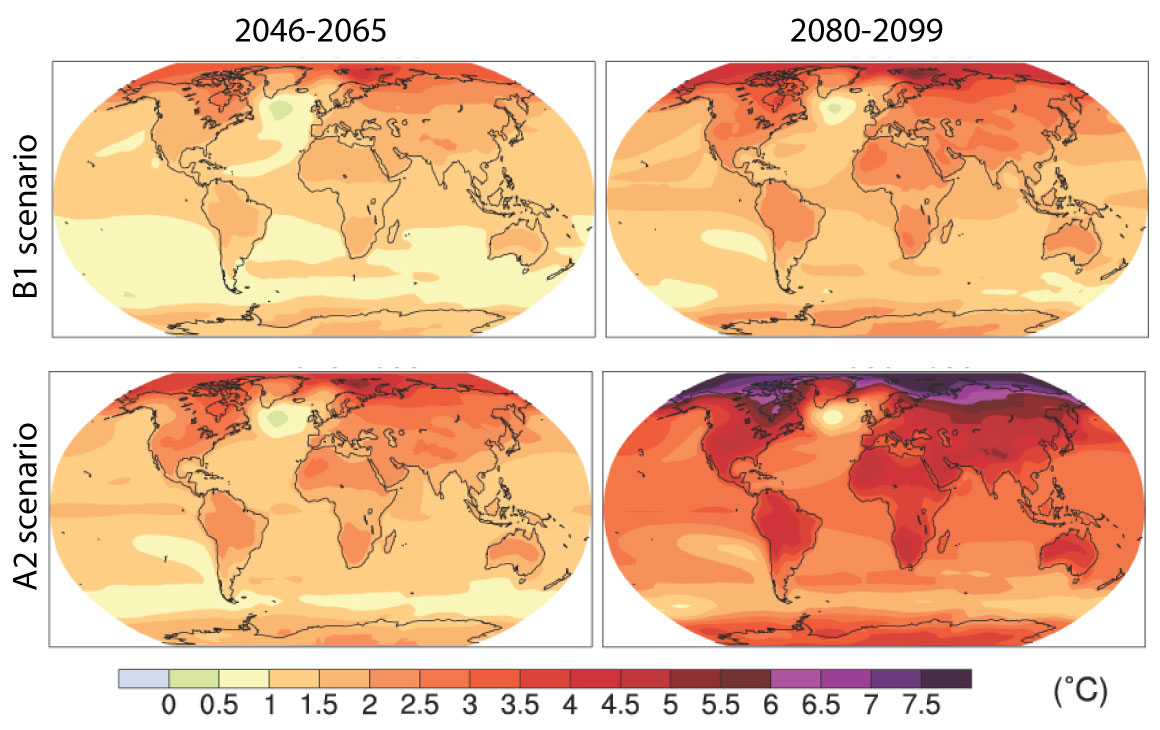Climate Regions Vary With Changes in Elevation and
However escalated relative SLR is likely to affect all ecosystems in the region with mangroves probably. Alaskas climate is influenced by the oceans and sea ice its high latitude major mountain ranges and elevation and continentality in the interior.

The Highs And Lows Of Climate Noaa Climate Gov
Globally the team of researchers found that as altitude rises the rate of temperature change often accelerates.

. Math Chemistry Biology Programming Arts History BusinessLanguage Spanish EnglishTipsReviewBlog Home climate regions vary with changes elevation and May 2021 thanh alatitudeblongitudecsoil conditiondgeographical features AnswersBadly framed question but latitude the most. Climate variability includes all the variations in the climate that last longer than individual weather events whereas the term climate change only refers to those variations that persist for a longer period of time typically decades or more. Nature Climate Change 5 424-430.
Upland areas are flat areas high above the sea. MRI Working Group 2015 N. A regions weather patterns usually tracked for at least 30 years are considered its climate.
And as you probably already know there are lots of different types of climates on Earth. Globally the team of researchers found that as altitude rises the rate of temperature change often accelerates. Climate Change Affecting High-Altitude Regions at Faster Rate Rutgers Study Finds.
Highland areas are mountainous. Together these factors control the range of temperatures and the amount of rain andor snow each region receives. The climate of any particular place is influenced by a host of interacting factors.
Climate change is occurring faster in high-latitude regions due to the phenomenon of Arctic amplification the positive feedback effects that spur further warming of the climate. Commonly cited climate change impacts in coastal regions include sea level rise increased ocean water temperatures inclement weather conditions frequent incidences of intense rain events and flooding and prolonged drought conditions. The climate is hotter there because the Suns light is most directly overhead at the equator.
Climate is the average weather conditions in a place over a long period of time30 years or more. Cycles such as El Niño and La Niña events and seasonal monsoons in India may change as the climate warms. Bradley et al Elevation-dependent warming in mountain regions of the world.
Climate Variability and Change. In the past 20 years temperatures above 4000 meters 13120 feet have warmed 75 percent faster than at altitudes below 2000 meters 6560 feet. Scientists are still trying to improve models of these events so.
1 day agoThe climate-related health emergencies in the Region are expected to become even more frequent and intense due to climate change. Regions Affected by El Niño and Other Patterns in the Atmosphere. In this Review temperature trends in mountainous regions around the world and the mechanisms that contribute to elevation-dependent warming are discussed.
In addition to the general meaning in which climate change may refer to any time in Earths history the term is commonly used to describe the. The global climate system and any changes that occur within it also influence local climate. There are two high elevation climate types.
University of Toronto. For example hot regions are normally closest to the equator. On some mountains such as Mount Kilimanjaro in Tanzania the climate is tropical at the base and polar.
These include latitude elevation nearby water ocean currents topography vegetation and prevailing winds. A new study co-authored by Rutgers climate scientist Jim Miller in the Department of Marine and Coastal Sciences found that in the past 20 years temperatures above 4000 meters 13120 feet have warmed 75 percent faster than at altitudes below 2000 meters 6560 feet. Similarly high-altitude regions also currently experience multitudes of climate change impacts including rising in temperatures.
The Health and Climate Change Country Profiles give an overview of critical areas for action to combat these threats and provide links to available resources. As climate change persists amplified temperature increases in mountains and changes in precipitation will diminish snow and ice. Geographers recognize a number of factors that affect a regions climate.
Elevation matters when it comes to climate change deforestation and species survival. Also relative humidity tends to drop as elevation increases. Slope and elevation had an impact on the VFC.
For elevation above 3000-4000 m the response of the VFC to precipitation and temperature was the strongest. The greater the elevation the cooler the climate will tend to be. Mangroves in the Mekong Delta MD in Vietnam provide critical ecosystem services in the region.
In the past 20 years temperatures above 4000 meters 13120 feet have warmed 75 percent faster than at altitudes below 2000 meters 6560 feet. They are both based on the fact that climbing a mountain or reaching a plateau can be like moving toward the poles. Each climate control factor below might.
Climate is the long-term pattern of weather in a particular area. Earths climatehow hot our planet is on averageis set by the Sun. How do climates vary base on elevation.
Proximity to large water bodies mountains or other surface features. The changes to snow and glacial ice in mountain regions threatens the extinction of species that live in unique high-altitude environments. Climate is the sum of weather over time the average temperatures and rainfall of a place.
View of Hüfifirn a medium-sized glacier in Central Switzerland. Up to 10 cash back Sea level rise SLR due to global climate change negatively impacts coastal zones in particular wetland and mangrove ecosystems. Some of the secondary factors that affect climate are nearness to large bodies of water elevation the rain shadow effect of mountains global wind and ocean current patterns cloud cover and surface albedo.
14 hours agoAccording to the latest UN Climate Report sea-levels are expected to rise up to 1 metre by 2100 if global warming continues Denmark and Copenhagen in. Climate System Different parts of the world have different climates. Anything that changes the amount of solar energy that enters the Earth system will change the temperature.
The areas with large vegetation change are mainly distributed in slopes. Weather can change from hour-to-hour day-to-day month-to-month or even year-to-year. By burning fossil fuels people are.
There is growing evidence that the rate.

Climate Types For Kids Geographie Climat Etude Sociale

Climate Map Of The United States For Kids Homeschooling City Pages Map The Giving Tree

Climate Change Regional Impacts Center For Science Education

Koppen Climate Classification System National Geographic Society
Comments
Post a Comment